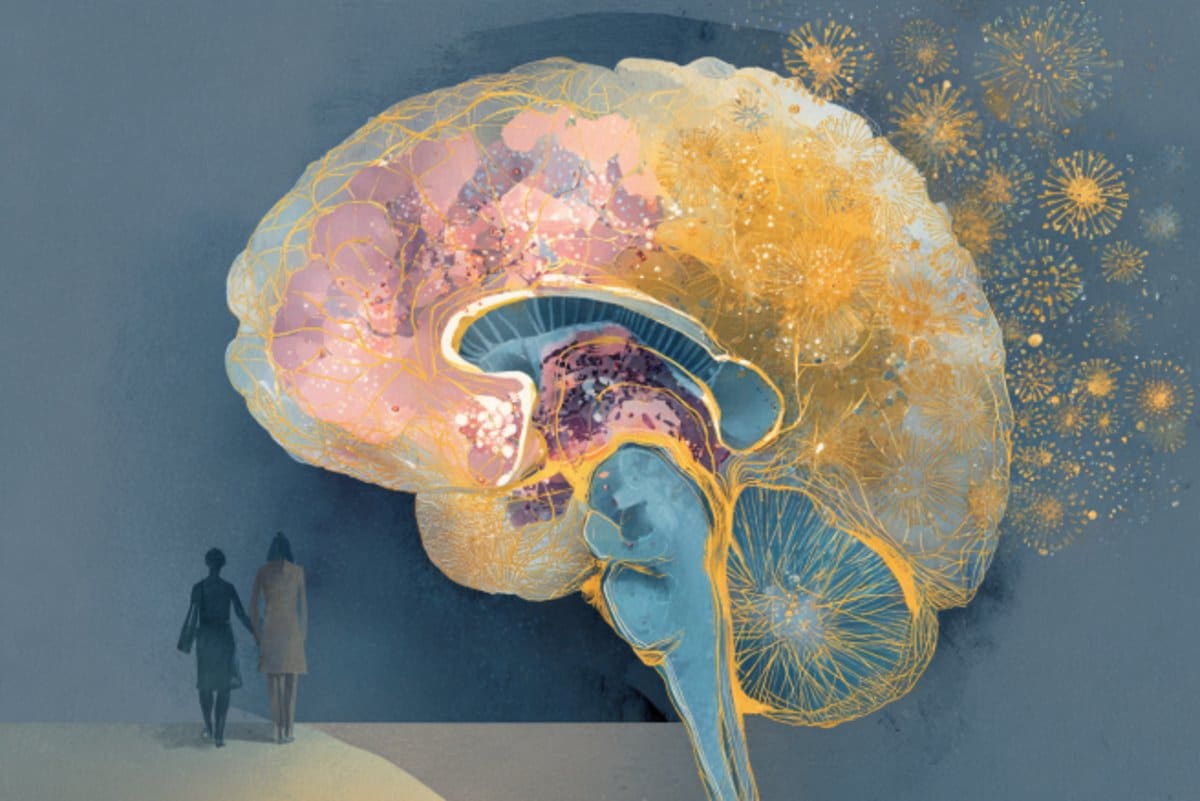T4K3.news
New Study Reveals Neural Mechanism in Fear Responses
A study shows how evolution fine-tunes fear responses by modifying brain circuits in deer mice.

A new study uncovers a neural mechanism driving instinctive fear responses in deer mice.
Research Reveals Neural Switch in Fear Responses
Researchers have identified a neural switch in the dorsal periaqueductal gray of deer mice that regulates their instinctive fear responses, revealing key differences between species living in distinct habitats. In a study published in Nature, forest mice (Peromyscus maniculatus) demonstrated more rapid escape responses compared to open-field mice (Peromyscus polionotus), which tended to freeze when faced with a potential threat. This discovery indicates that evolution has fine-tuned the sensitivity of the dPAG, adapting the survival instincts of these animals to their environment without needing to alter the entire sensory system. Through controlled experiments, the team measured how both species reacted to simulated predators. Forest mice reacted faster due to heightened sensitivity in the dPAG, which commands flight responses. In contrast, open-field mice required stronger stimuli to trigger movement, signifying a less responsive neural pathway. These findings support the idea that evolution optimizes behavior by adjusting existing neural circuits rather than entirely redesigning them.
Key Takeaways
"We were surprised to find that evolution acted in a central brain region, downstream of peripheral sensory perception."
This insight challenges conventional thoughts about evolution focusing only on sensory inputs.
"Natural selection often tweaks existing neural circuits rather than constructing entirely new pathways."
This statement reflects a significant finding about evolutionary adaptations in brain function.
This study provides crucial insights into how neural mechanisms determine survival strategies in different environments. The differentiation between escape and freeze responses highlights an astounding adaptability within species, driven by natural selection. In practical terms, this knowledge could benefit conservation efforts, helping us understand how animals may respond to changing habitats. It also raises intriguing questions about the potential implications for understanding fear responses in broader contexts, including human psychology. As researchers piece together the neural architectures that dictate behavior, we're reminded of the intricate balance between biology and environment in shaping instincts.
Highlights
- Neural circuits may fine-tune behavior without redesigning whole systems.
- Survival instincts adapt, dictated by environment rather than sheer biology.
- Escape responses show how evolution fine-tunes fear mechanisms.
- Understanding fear responses reveals nature's clever adaptations.
Potential Controversy in Evolution Research
Findings regarding instinctive behavior may provoke discussion on environmental influences versus genetic predispositions.
The research opens avenues for understanding how evolutionary mechanisms influence behavior.
Enjoyed this? Let your friends know!
Related News

New Research Uncovers Factors Influencing Antidepressant Efficacy

Researchers uncover new mechanisms of memory structure

Study Links Gut Health to Chronic Fatigue and Long COVID

Oxford researchers discover why we need sleep

New study reveals link between sound stress and pain sensitivity

Study Reveals Autism Masking Effects on Teens

New studies explore sunlight benefits for health

New study highlights brain's role in social emotions
